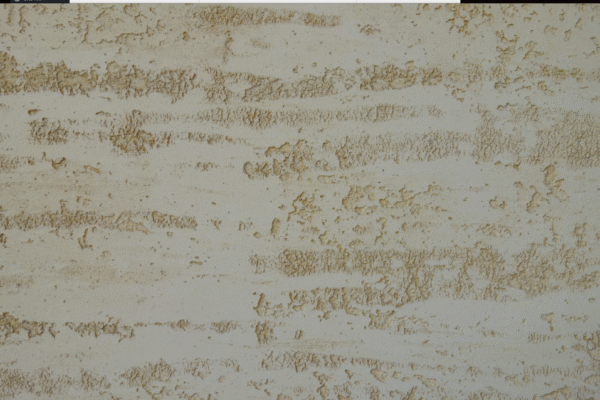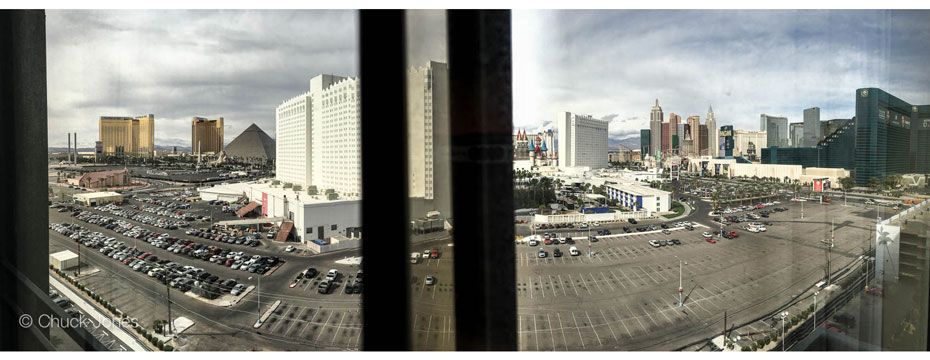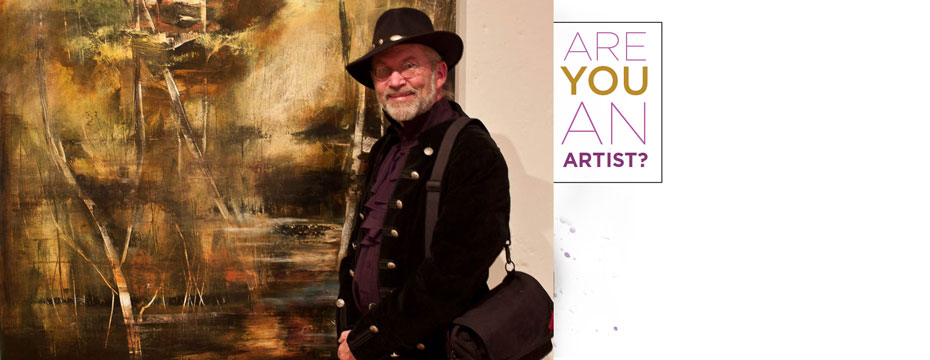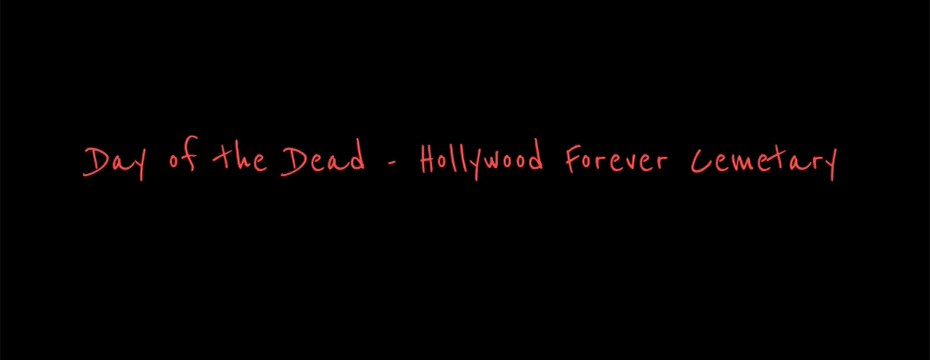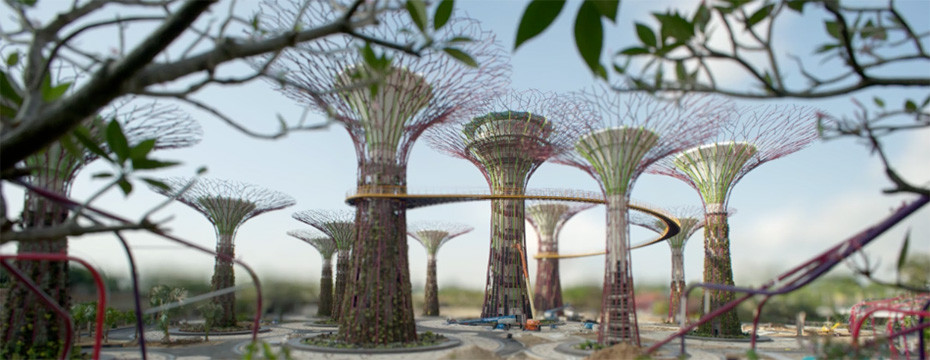
Tilt Shift Time Lapse
“The Lion City,” is the latest creation of tilt shift time lapse photographer Keith Loutit an Australian filmmaker based in Singapore. His stated goal? “For ‘The Lion City’, the idea behind the extension of the tilt shift technique is for focus and distance to be something the viewer can experience. It also doubles to communicate the constant heat and humidity that hits you whenever you leave the comfort of air conditioning in Singapore.”
Tilt shift time lapse isn’t a new technique. Several have tried their hands at tilt shift time lapse, with weak results in most cases. Not this time. Tilt shift time lapse isn’t easy to do. Most often, tilt shift time lapse is treated as a creative effect used sparingly. Many even consider tilt shift time lapse nothing more than a one trick pony. Whatever your own feelings about tilt shift time lapse, there is no denying that tilt shift time lapse is a difficult effect to create. Most who have attempted it have used a tilt shift lens on location, applying the tilts and shifts as the time lapse frames are captured. A long, arduous and quite tedious task, as the point of focus and areas of blur also need to be reset along with the camera movement after each frame.
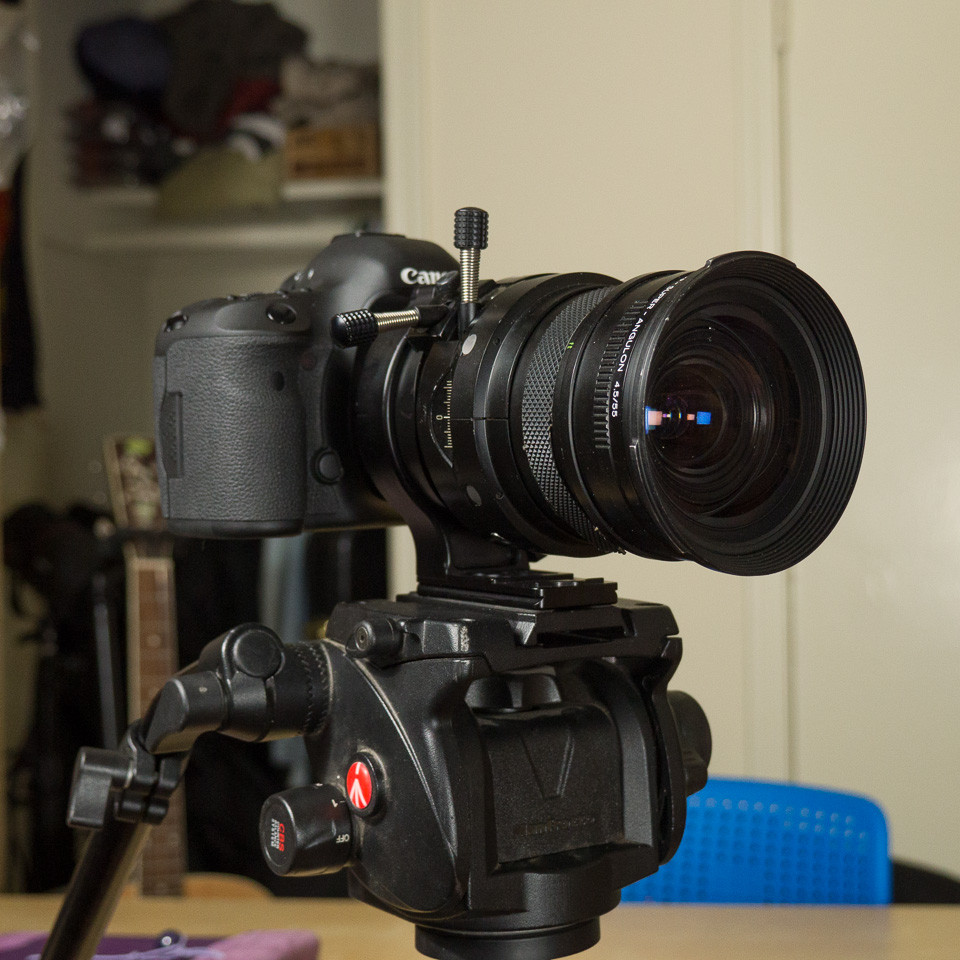
- Schneider 55mm Tilt Shift lens mounted on 5D Mark III setup for video or time lapse shooting.
The genius in Keith Loutit’s technique is he plans the sequences in the field, then executes them in post processing using his own proprietary methods in Adobe After Effects. Keith Loutit attracted an internet and media sensation, following the release of his ‘Bathtub’ series of short films, that transformed both iconic and familiar Sydney scenes into miniature wonderlands.
Known as a pioneer of the artificial tilt shift time lapse technique, Loutit was one of the first to recognize how time and focus combine to support the powerful illusion of miniaturization in film. In his scaled down and sped up realities, real world subjects become their miniature counterparts. Boats bob like toys in a bathtub, cars race like slot-cars, and crowds march as toy armies. Loutit’s aim is create a sense of wonder in our surroundings by “challenging people’s perceptions of scale, and helping the viewer to distance themselves from places they know well”.
Rate this story! [ratings]
Chuck Jones
Digital Media Producer, Photographer, Storyteller, Retired Cinemagraph Guru. Only Semi-Reformed Hippie. Managing Editor of http://TheCameraForum.Com





